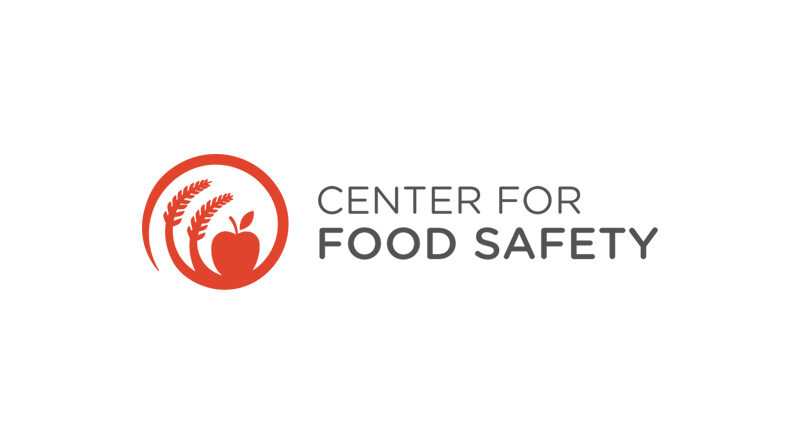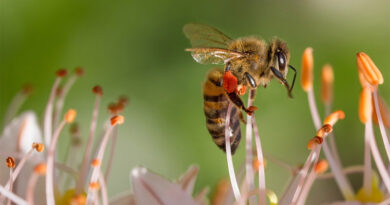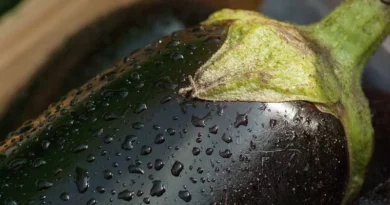Pursuant to CFS Litigation Settlement, EPA Releases Evaluations Showing Severe Risk to Endangered Species from Neonic Pesticides
27 August 2021, Washington, D.C: For the first time, the U.S. Environmental Protection Agency (EPA) today released new nationwide endangered species analyses and draft determinations for neonicotinoids pesticides, a class of systemic pesticides known for their harm to bees and ubiquitous seed coatings. The review was not done of EPA’s own volition, but pursuant to a settlement won by Center for Food Safety (CFS) in litigation, which required a dozen products be cancelled as well as the ESA determinations be made by court-ordered deadlines. Under the settlement, EPA must finalize today’s draft Endangered Species Act conclusions by June 2022. EPA will be accepting public comment on the drafts the next 60 days.
“Today’s evaluations confirm what scientists have told EPA and industry for over a decade: These extremely toxic pesticides are causing drastic ecological harm, both the collapse of bee populations as well as putting literally hundreds of endangered species at extinction risk across the country,” said George Kimbrell, Legal Director of Center for Food Safety. “The Biden administration needs to complete its process with all due speed in order to start protecting these iconic species.”
Also Read: Union Agriculture Minister launches National Food and Nutrition Campaign for farmers
In today’s decision, EPA found remarkable levels of harm to endangered species from the three neonicotinoid pesticides it examined. For thiamethoxam, EPA concluded that of all 1821 endangered species nationwide, 88% of them (1600) might be affected, and 77% of them (1396) were “likely to be adversely affected.” This included, for example, making “likely to adversely affect” (the highest level of harm finding possible at this stage) for 71 of 108 endangered birds, 177 of 194 protected fish, and 135 of 161 of endangered insects.
EPA made similar draft conclusions for the other two major neonicotinoids it examined: for imidacloprid, where it found “may affect” for 89% of all species (1612 of 1821) and “likely to adversely affect” for 79% (1445 of 1821); and for clothianidin, where it found “may affect” for 86% of all endangered species (1562 of 1821) and “likely to adversely affect” for 67% (1224 of 1821).
In addition to the species themselves, for the 791 protected species with designated critical habitats, EPA determined their habitats separately are likely to be adversely modified by imadicloprid for 88% of those species, by thiamethoxam for 83% of species, and by clothianidin for 53% of species.
Background:
Neonicotinoids (neonics) are a relatively new class of insecticides, related to nicotine. These pesticides interfere with the nervous system of insects, causing tremors, paralysis, and eventually death at very low doses. Numerous scientific studies have demonstrated that exposure to neonics is one factor in the decline of bee populations around the world over the last decade or two.
Unfortunately, neonics are now the most widely used insecticides in the world. When used as coatings on corn, soybean and other seeds, they are distributed throughout the growing seedling, making the entire plant toxic. Bees and other pollinators are exposed to these toxic chemicals through pollen, nectar, dust, dew droplets on plant leaves, and in the soil where many native bee species nest.















